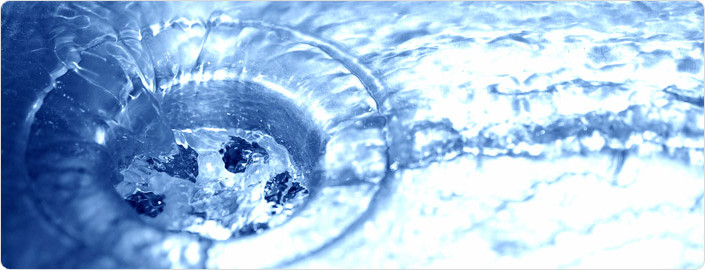Do you ever wonder what happens to your falling hair that goes in your drain? I am pretty sure most, if not all, never bother to take a second thought about those hair. Women especially would leave a mass of long coloured hair strands behind after shampooing. It is oftentimes taken for granted, and only when the mat of hair blocks the water from going down the drain would we give our full attention to it.
Bathroom drain clogs are mostly a result of falling hair along with dirt, and skin flakes which bind with soap onto the walls of drain pipes and accumulating over time. Moreover, the kitchen sink drain usually clogs when grease and oil cake onto drain pipe walls and worsens with the additional hair strands going down the sink. If left unchecked, this could further lead to chronic drain problems.
A drain is the primary vessel for unwanted water to be flumed away, either to a more useful area, funnelled into a receptacle, or run into the sewers as waste. In some systems the drain is for discharge of waste fluids, such as the drain in a sink in which the water is drained when it is no longer needed. In other systems, such as fountains or swimming pools where waste fluid is recirculated, the drain is the input to the recirculating pumping machine. Either way, it is important to keep the drain well ventilated and flowing.

It cannot be over-emphasized that falling hair needs to be cleaned out of the drain every time we wash or shave them. It is an important sink disposal etiquette that we need to bear in mind. Hair, like fingernails, is made of keratin and is much more durable than skin and flesh. It is fairly resistant to decomposition although there is not a uniform speed at which it occurs since it depends on the environment. It can endure for several years, often 2 years, before decomposing along with softer tissues. Hence, those little pieces need to be removed from the drain or they will clog them up. If we are not careful, we can have a sewer problem or clogged drain line. That is a headache and causes loss of money.
Unclogging the drains is not always a simple matter. Some tips then…before you call the plumber.
Clean the hair out of the drain every time your hair is washed or shaved. The same goes if you wash your hair or shave in the sink. Take out the drains and clean out the trapped hair to help prevent clogging. Shampoo and soaps are fine as they are liquid. Just use some boiling water to help melt a build-up of soap.
Next, try using the humble drain plunger, keeping in mind to block the over-flow drain in the tub or sink. If that doesn’t work, remove the drain elbow joint and clean it out. Clean drain stoppers routinely to prevent clogs and use a hair strainer drain-cover to trap hair before it goes down the drain.
Tackle kitchen sink drains like you tackle bathroom sinks. Start by running very hot water down the drain to soften the clog, followed by a dollop of dish detergent and then more hot water. Wait a few minutes, and then use a plunger and repeat the hot water.

When all else fails, and you are constantly plagued with clogged or slow drains, have a drain cleaning service to inspect the plumbing to determine if the drain line was properly designed and installed. Both drain pipe venting and slope affect how well drains work. By then, it is definitely time to call a plumber.
